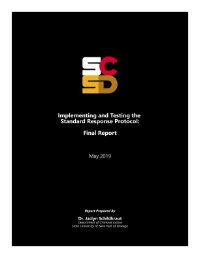By Daniel Koehler
Counterterrorism has, in the last ten years, come to the fore of international relations, and remains in the news almost daily. This is due in large part to the ongoing conflicts in Afghanistan, Iraq, and Pakistan, which in turn have also prompted something of a backlash against such military or “hard” approaches to countering terrorism. Partly in response, states and civil society have sought out softer, often preventive, measures to deal with violent extremism, many of which have been deemed more successful than military approaches and less likely to foment a new generation of violent extremists. However, problems remain. “Deradicalization” programs, which are geared toward peacefully moving individuals and groups away from violent extremism, have grown both in popularity and in scope of late, even in just the past five years. While these programs vary widely, with differing subjects (e.g., prisoners, potential terrorists, convicted criminals, repentant extremists), aims (e.g., abandonment of extreme views, disengagement from terrorism, rehabilitation into society), sizes (from just a handful of participants to hundreds), and forms (from arranging jobs, marriages, and new lives for participants, to merely educating them on nonviolent alternatives to their methods), common themes and problems can be discerned. With recent high-profile cases of recidivism by supposedly “deradicalized” individuals, questions are being raised about the efficacy of these programs and about how best to design them
New York: International Peace Institute, 2010. 20p,





















